The Interplay of Technological Transformation and Childhood Media Culture: A Dynamic Comparison of Change and Continuity
DOI: 10.23977/mediacr.2024.050418 | Downloads: 14 | Views: 791
Author(s)
Junxing Wang 1
Affiliation(s)
1 London School of Economics and Political Science, London, United Kingdom
Corresponding Author
Junxing WangABSTRACT
This essay aims to explore the rationale for using technological advancements as a key foundation for assessing the continuity or change in childhood media culture, while comparing the recent changes and continuities in this domain. The study argues that the changes and continuities in childhood media culture stem from the "struggle" between children and adults, a dynamic facilitated by technological advancements. These advancements enable children to access and produce media content more broadly, thereby challenging the adult-dominated media culture. Consequently, it is reasonable to use technology as a basis for comparing the continuity and change in childhood media culture. Building on this perspective, the essay posits that the continuity and change in childhood media culture, driven by new media technologies, are no longer simple opposites but represent a complex and dynamic interactive pattern, contingent upon the extent to which children overcome adult control.
KEYWORDS
Technological determinism, childhood media culture, interactivity, media production rightsCITE THIS PAPER
Junxing Wang, The Interplay of Technological Transformation and Childhood Media Culture: A Dynamic Comparison of Change and Continuity. Media and Communication Research (2024) Vol. 5: 129-134. DOI: http://dx.doi.org/10.23977/mediacr.2024.050418.
REFERENCES
[1] Innis, H.A. (1999). The bias of communication. University of Toronto Press.
[2] Narula, U. (2006). Communication models. Atlantic Publishers & Dist.
[3] Hauer, T. (2017). Technological determinism and new media. International Journal of English Literature and Social Sciences, 2 (2), 239174.
[4] Janssen, M. (2014). Revisiting the problem of technological and social determinism: Reflections for digital government scholars. 2014. 254.
[5] Hamilton, J.F. and Heflin, K. (2011). User production reconsidered: From convergence, to autonomia and cultural materialism. New Media & Society, 13 (7), 1050–1066. Available from https://doi.org/10.1177/1461444810393908.
[6] Slack, J.D. and Wise, J.M. (2002). Cultural Studies and Technology. In Handbook of New Media; Social Shaping and Consequences of ICTs, edited by Leah A. Lievrouw and Sonia Livingstone, 485–501.
[7] Schroeder, R. (2018). Towards a theory of digital media. Information, Communication & Society, 21 (3), 323–339. Available from https://doi.org/10.1080/1369118X.2017.1289231.
[8] Norozi, S.A. and Moen, T. (2016). Childhood as a social construction. Journal of Educational and Social Research, 6
[9] Coulter, N. (2020). Child studies meets digital media: Rethinking the paradigms. The Routledge companion to digital media and children. Routledge, 19–27.
[10] Ariès, P. (1962). Centuries of childhood: a social history of family life. New York: Vintage Books.
[11] Drotner, K. (2022). The co-construction of media and childhood. The Routledge International Handbook of Children, Adolescents, and Media. Routledge, 17–24.
[12] Prout, A. (2005). Culture-nature and the construction of childhood. The international handbook of children, media and culture, 21–35.
[13] Holland, P. (2008). The child in the picture. The international handbook of children, media and culture, 36–54.
[14] Steemers, J. (2022). Children's Television Culture. The Routledge International Handbook of Children, Adolescents, and Media. London: Routledge, 101–109. Available from https://doi.org/10.4324/9781003118824-14 [Accessed 26 April 2024].
[15] Donald, S.H. and Brown, N. (2022). Children's film culture. The Routledge International Handbook of Children, Adolescents, and Media. Routledge, 93–100.
[16] Lemish, D. (2022). Introduction to the Second Edition: Children, Adolescents, and Media: Creating a Shared Scholarly Arena. The Routledge International Handbook of Children, Adolescents, and Media. Routledge, 1–12.
[17] Olson, D. and Rampaul, G. (2013). Representations of childhood in the media. The Routledge International Handbook of children, adolescents and media. Routledge, 49–56.
[18] Sayfo, O. (2018). Mediating a Disney-style Islam: The emergence of Egyptian Islamic animated cartoons. Animation, 13 (2), 102–115.
[19] Reid Chassiakos, Y. (Linda) et al. (2016). Children and Adolescents and Digital Media. Pediatrics, 138 (5), e20162593. Available from https://doi.org/10.1542/peds.2016-2593.
[20] Johanson, K. (2010). Culture for or by the child? 'Children's culture' and cultural policy. Poetics, 38 (4), 386–401.
[21] Buckingham, D. (2007). Childhood in the Age of Global Media. Children's Geographies, 5 (1–2), 43–54. Available from https://doi.org/10.1080/14733280601108155.
[22] Livingstone, S. and Third, A. (2017). Children and young people's rights in the digital age: An emerging agenda. New media & society, 19 (5), 657–670.
[23] Banaji, S. (2015). Behind the high-tech fetish: Children, work and media use across classes in India. International Communication Gazette, 77 (6), 519–532.
[24] Boyd, D.M. and Ellison, N.B. (2007). Social network sites: Definition, history, and scholarship. Journal of computer‐mediated Communication, 13 (1), 210–230.
| Downloads: | 18583 |
|---|---|
| Visits: | 419935 |
Sponsors, Associates, and Links
-
Journal of Language Testing & Assessment
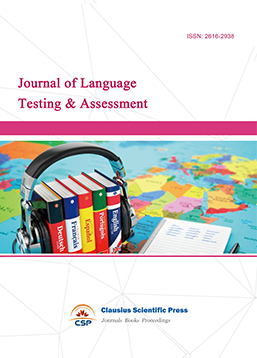
-
Information and Knowledge Management

-
Military and Armament Science

-
Journal of Human Movement Science

-
Art and Performance Letters

-
Lecture Notes on History
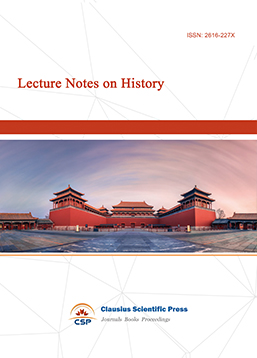
-
Lecture Notes on Language and Literature
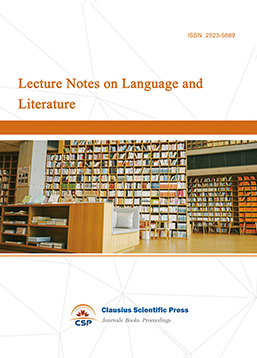
-
Philosophy Journal
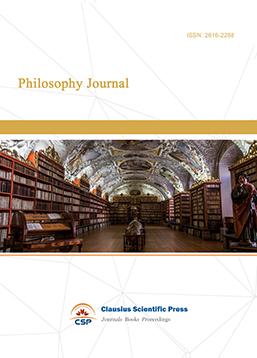
-
Science of Law Journal

-
Journal of Political Science Research

-
Journal of Sociology and Ethnology
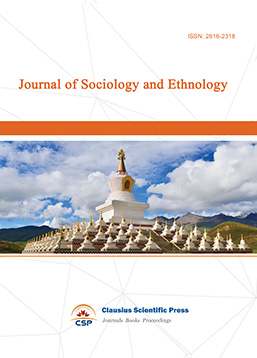
-
Advances in Broadcasting


 Download as PDF
Download as PDF